“‘Flighty’ Cabbage Butterfly” (By: Michele Babcock-Nice)
As a young girl, the Cabbage White Butterfly (Pieris rapae) – or Cabbage Butterfly, as I call it – was one of the first to catch my attention. For many years, there was a nice field right next to my family’s home and property, and the Cabbages and Sulphurs were always those that I often observed flying along the high grass, seeking flowers for nectar-feeding. It was the Cabbages and Sulphurs that eventually enticed me into following, chasing, catching, collecting, mounting, displaying, and presenting Lepidoptera. To observers, they seem to be more often in flight than grounded.
Still today, the Cabbage Butterflies are those to which I take quick notice since they are nearly all white, flying against a mostly green natural backdrop. One must admit that it is difficult not to notice a Cabbage Butterfly. Certainly, they are nothing special; they are very plain butterflies and are mostly all white in color. They do not have colorful patterns or designs. They do not have flashy, iridescent colors that reflect the sunlight. And, while their flight is of what I would consider average speed for a butterfly, they are not fast, nor slow-fliers. The only thing that really makes these butterflies stand out at all is that they are white.
Because Cabbage Whites are so common in the United States, it is easy to take them for granted, particularly even as a Lepidopterist or other entomologist. Cabbage Butterflies are widely considered pest to many garden plants, including cabbage plants. Yet, even with the many chemicals and pesticides that farmers and others place on their crops, these butterflies have found a way to survive.
And, this brings to mind how – even though they are common and even though they may be taken for granted – they have a wonderful, plain beauty. Their simple color and plain appearance can be a reminder for us of purity and simply beauty, something that the more grand and colorful butterflies lack. Therefore, this must also remind us that there is a reason for everything and a place for everything in the world, no matter how fancy or how plain. There is beauty in everything, including the common, white Cabbage Butterfly.
“Splendid Cloudless Giant Sulphur Butterflies” (By: Michele Babcock-Nice)
Having lived in the Southeastern United States for the past 12 years, I have had the pleasure of viewing and observing many Cloudless Giant Sulphur Butterflies (Phoebis sennae) through the years. These butterflies are similar to the smaller orange sulphurs, though they are significantly and noticeably larger in size. Surprisingly, I also do not have any of these butterflies in my Lepidoptera collection, though I have them as part of my collection of butterfly photographs, a few of which may be viewed in this blog post.
The photos of the Cloudless Giant Sulphurs that are included in this article are those that I took in my residential area in Georgia on October 3, 2012. At the time that I took the photos, there were two beautiful Sulphurs resting and/or feeding near each other. I was lucky enough to get a few photos of them both resting on the ground near each other before they flew off.
These Sulphurs are so graceful in their flight. When they are not flying from flower to flower, they sail through the air or are at rest on the ground, on flowers, or on the leaves of trees, for examples. Seeing the Sulphurs is a sure sign of summer and fall in Georgia. Their pretty yellow coloring is cheery and uplifting on any day.
“Tomato Hornworm Fun” (By: Michele Babcock-Nice)
Manduca inquemaculata, or the tomato hornworm, is a large green caterpillar, the larvae of sphinx or hawk moths. Tomato hornworms eat the foliage of tomato or tobacco plants, and are sometimes confused with tobacco hornworms since they look very similar to each other.
During the summer of 2011, there were several tomato hornworms that fed on the foliage of our tomato plants in Georgia. We purposely did not put any form of insecticides or insect powders on the tomato plants, just so the tomato hornworms would have a nice feast. By the end of the summer, there were at least five tomato hornworms feasting on our tomato plants. I also had the pleasure of taking two of them for “Show and Tell” in my son’s second grade class at his school in August 2011, later releasing them back onto the garden tomato plants.
One evening, shortly after ceasing to see the tomato hornworm larvae anymore, and assuming they had pupated, I happened to witness a large female praying mantis feeding on a tomato hornworm sphinx moth that she had caught. She had adeptly caught the moth while it was feeding on the nectar of a flower, holding it with her “praying” front legs. When she had finished eating it, she left only the wings that settled on the ground.
Pictured above is a photo of my son with one of the tomato hornworm “pets” that we lovingly observed, cared for, and “adopted” during the summer of 2011. I had placed the caterpillar on his shirt, and it felt ticklish to him as it crawled upward on his clothing. We had great fun with our tomato hornworm caterpillars last summer!
Pictured above is a tomato hornworm moth from my own personal Lepidoptera collection. It is one that I caught near Statesville, North Carolina in the summer of 2005. It is impressive and beautiful with it’s vivid coloring and bright orange body spots.
“Luna Moth Delight” (By: Michele Babcock-Nice)
Throughout my life, I have had the great pleasure of seeing, observing, photographing, and even collecting several Luna Moths. Luna Moths, or Actias luna, are giant silkworm moths that belong to the family, Saturniidae. Their wingspan is generally about 4.5″ in length, so they are very large, appearing as kites in flight.
These moths are so amazing and beautiful…in their coloring and wing structure. With their coloring reminiscent of evening moonlight – the aura of light surrounding the moon – they get their name, Luna, which means “moon.” And, the tails on the hind wings of these fabulous delights are very long, flowing, and beautiful, as well!
In the picture above that I photographed in the summer of 2010, my mom located this Luna Moth, roosting in a tree in the backyard. She cut the branch of the tree – with the Luna Moth still resting on it – and brought it in the house for all to enjoy. We observed and enjoyed it’s awesome beauty, and then, released it that night when it became active, after flying about inside the enclosed porch.
Welcome to Lepidoptera Lovers! By Michele Babcock-Nice

Buckeye Butterfly, Georgia, USA, 2010
This blog is focused toward anyone who enjoys Lepidoptera – butterflies and moths! This blog is also associated with the LinkedIn group, “Lepidoptera Lovers.” Therefore, Lepidoptera Lovers is for all those who enjoy communicating, sharing information, becoming more educated, increasing their appreciation, and networking about Lepidoptera! All Lepidoptera lovers are welcome.
There are entomology-related group(s) in LinkedIn (as of May 2012), though they are not specific to Lepidoptera – my area of love and interest in insects. There are also two other current and specific Lepidoptera-related and/or butterfly-related groups in LinkedIn (as of May 2012), though their activity is low.
“Lepidoptera Lovers” on WordPress aims at creating, encouraging, promoting, and providing educational, communicative, and interactive blog posts between people who love and/or enjoy butterflies and moths. Issues about eggs, caterpillars, chrysallises, and and pupae are also acceptable for posting, discussion, communication, and networking, as they relate to butterflies and moths.
I have been a collector of insects – mostly butterflies and moths – since I was about 7 or 8 years old. As I have gotten older, I have also become a Lepidoptera photographer. Photos posted in this “Lepidoptera Lovers” blog, therefore, are those that I took, except only where specifically referenced and identified with the source. Rather than capture butterflies and moths, physically, I now mostly capture them in photographs!
I am fascinated by the beauty and movement of these beautiful creatures – butterflies and moths. They bring so much beauty to our world. They are many of God’s wondrous miracles, adding to the enjoyable beauty of our lives.
Thank you for your interest, and welcome to my blog!
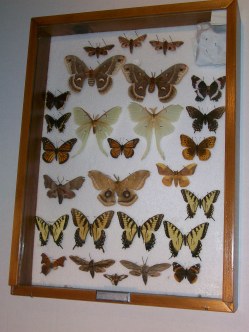
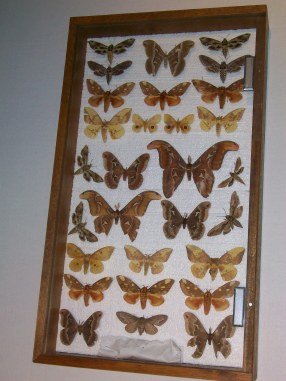
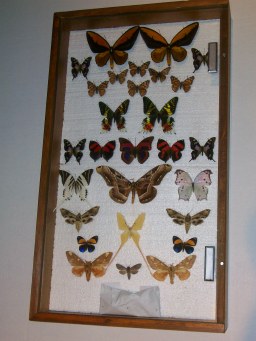
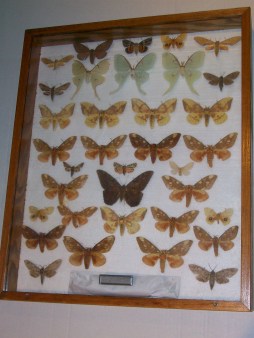
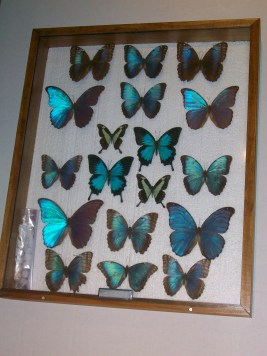
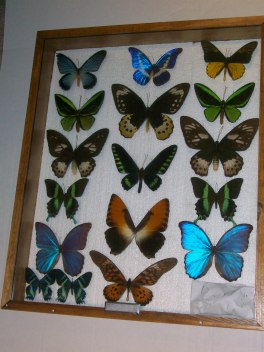
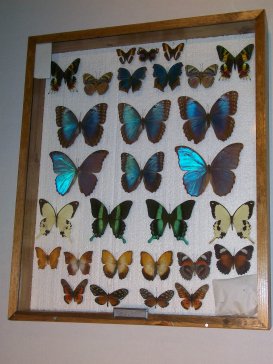
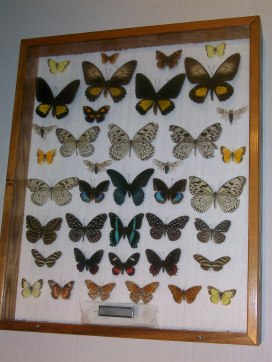
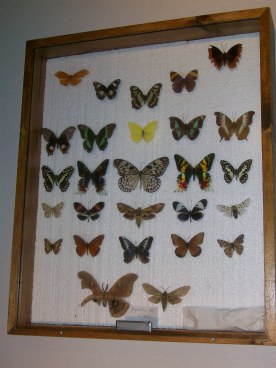

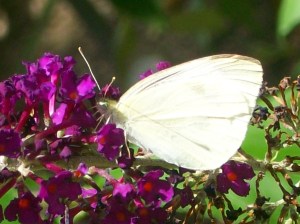
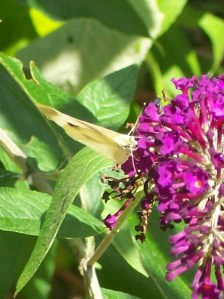
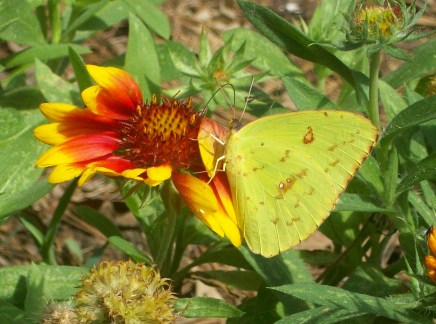
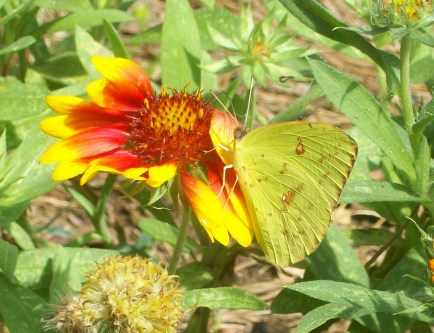
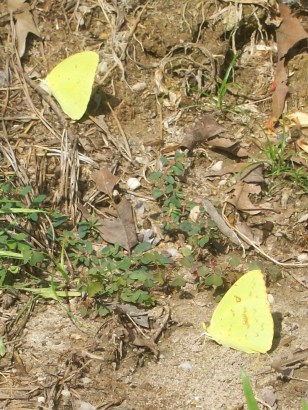







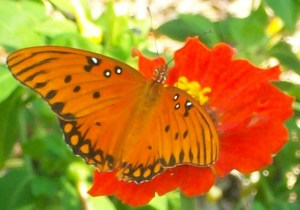
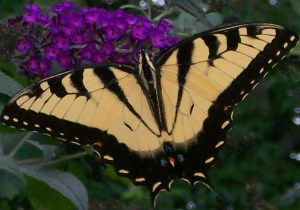
Recent Comments